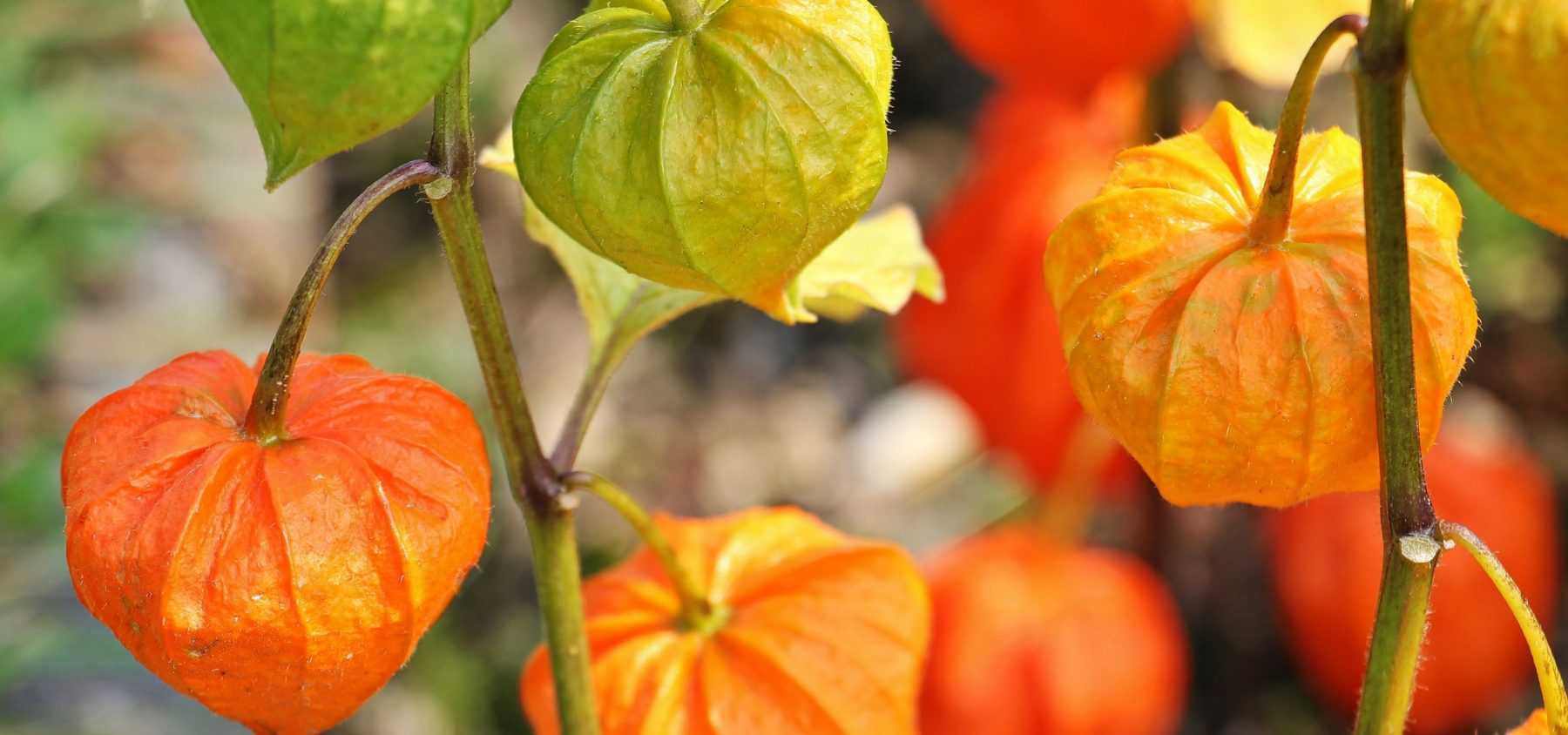
Growing Physalis Physalis, also known as Cape gooseberries or ground cherries, are delightful plants that produce small, golden fruits encased in papery husks. These easy-to-grow plants thrive in sunny spots with well-drained soil, making them a charming addition to any garden. **Planting & Care** Sow seeds indoors in early spring or plant outdoors after the last frost. Physalis prefer full sun and require minimal maintenance—just regular watering and occasional feeding. The fruits mature in late summer, their husks turning from green to a delicate beige when ripe. **Harvesting & Uses** Pick the fruits when the husks are dry and papery. Enjoy them fresh, in jams, or as decorative garnishes. Their sweet-tart flavour adds a unique twist to desserts and salads. A rewarding choice for both novice and experienced gardeners, physalis bring beauty and flavour to your outdoor space.
How to sow, plant and grow Chinese lanterns?
Contents
Physalis is prized for its small, fleshy and juicy berries, which are highly decorative as they are encased in a calyx resembling a little lantern. The berries are yellow, orange or purple depending on the variety, with a sweet and slightly tangy flavour. The name Physalis actually encompasses three closely related plants that are sometimes confused:
- Physalis peruviana or ‘Cape gooseberry’,
- Physalis pruinosa or ‘ground cherry’ and ‘strawberry tomato’,
- Physalis ixocarpa or ‘tomatillo’.
While all are cultivated in the same way, they differ from one another in size, fruit colour and growth habit (upright or trailing).
→ Also discover our complete guide to Physalis
Where to grow Physalis?
Physalis belong to the same family as tomatoes. Like them, they thrive in rich, well-draining soil and require warmth and sunlight to fruit. They should be planted in full sun, ideally sheltered from cold winds. Carefully observe your garden to assess its sunlight exposure and choose the most suitable location accordingly. In cooler regions, planting under cover (in a greenhouse) is an excellent solution for achieving a bountiful harvest.
When and how to sow Physalis?
Sowing should be done indoors or in a heated greenhouse, ideally at 20°C (minimum 18°C). It’s best to sow in March, but plants intended for greenhouse cultivation can be started as early as February.
- Fill pots with seed compost.
- Sow the seeds on the surface of the substrate.
- Cover them with a thin layer of compost, then lightly firm down.
- Water gently using a watering can with a rose attachment or a spray bottle.
Germination can be slow and may take up to three weeks.
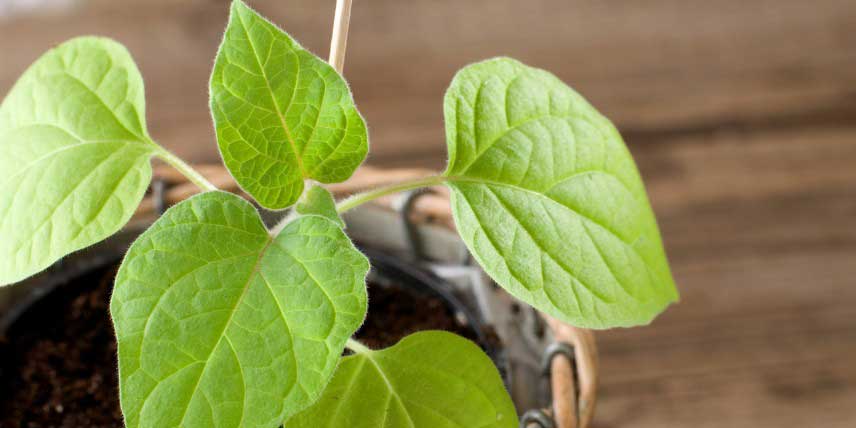
Discover other Physalis
View all →Available in 1 sizes
Available in 1 sizes
Available in 1 sizes
Available in 1 sizes
Available in 2 sizes
Available in 1 sizes
Available in 1 sizes
Available in 1 sizes
Available in 1 sizes
When and how to plant it?
Planting in the garden should be done when all risk of frost has passed, typically after mid-May. It is carried out in previously loosened soil (or in large pots on the balcony). Space the plants about one metre apart.
- Start by preparing the soil: weed and loosen the ground with a spade. Don’t hesitate to add some well-rotted compost.
- Dig a planting hole, two to three times the size of the root ball.
- Remove the Physalis from its pot and plant it in the centre of the hole, then firm the soil gently.
- Water thoroughly.
- Consider adding a layer of mulch around the base of the Physalis to help retain soil moisture.
The Cape gooseberry will need staking, but you can let the Ground cherry and Tomatillo sprawl naturally, as they have a trailing habit.
How to care for Physalis?
Unlike tomatoes, Physalis plants do not require pruning. Their maintenance involves regular weeding, hoeing and watering. These tasks will be reduced if you mulch the soil with thin successive layers of pre-dried grass clippings or dead leaves, for example. This protective layer will also help retain soil moisture and reduce the frequency of watering.
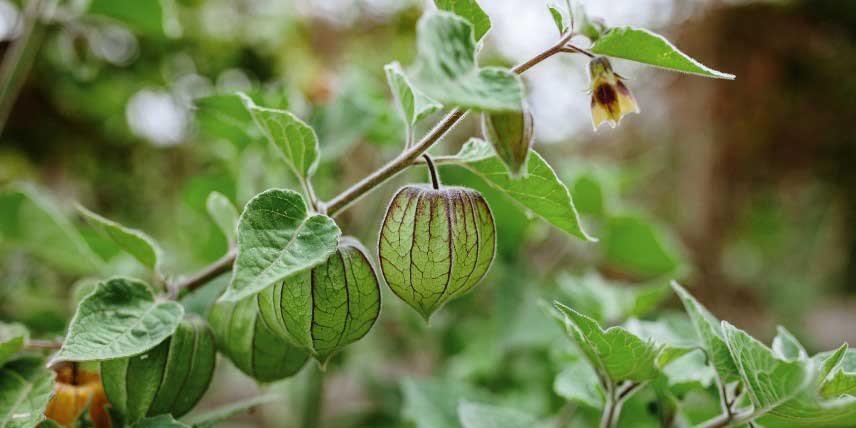
Diseases and Pests
Apart from whiteflies, common in greenhouses, and occasional aphids, physalis plants suffer from very few pests. These can be easily eliminated by spraying with a peppermint manure solution or water mixed with black soap.
Regarding diseases, none are specific to the species, but plants may occasionally be affected by rust.
To prevent this fungal infection:
- Avoid overhead watering,
- Ensure proper planting distances,
- If necessary, apply Bordeaux mixture sprays.
When and how to harvest Physalis?
The yield is generally abundant, but fruiting and ripening are slow: it takes around 120 days to obtain the first fruits. They are harvested in late summer and early autumn, when the calyx dries out or when the fruits fall to the ground on their own.
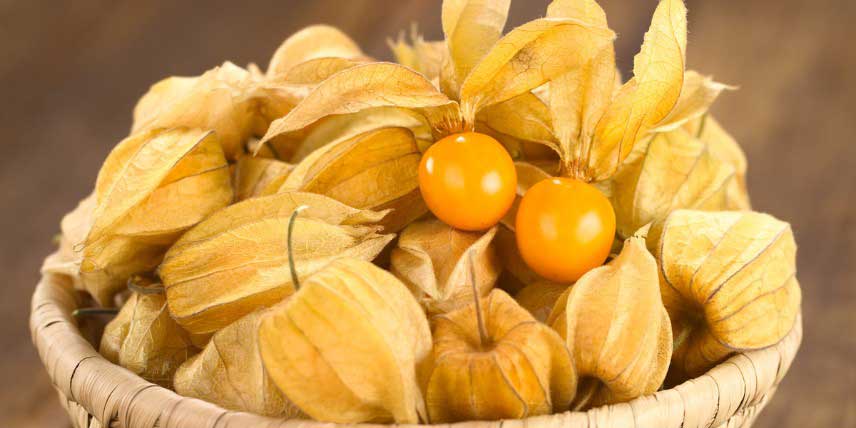
- Subscribe!
- Contents


































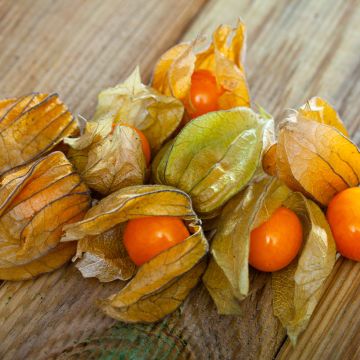
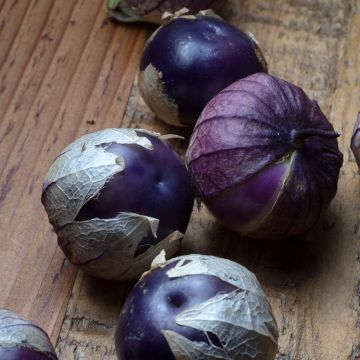
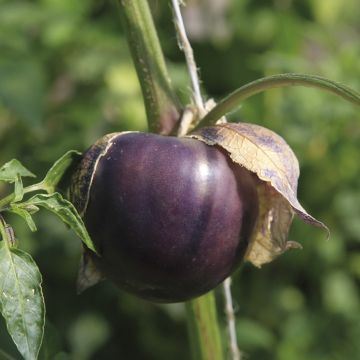

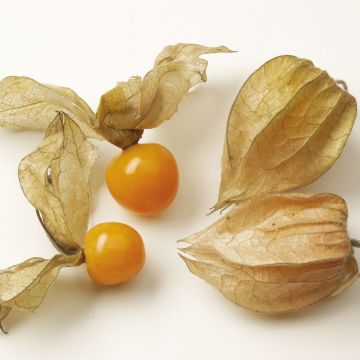
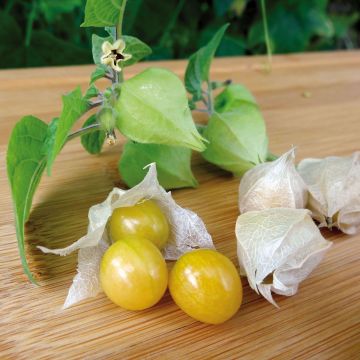

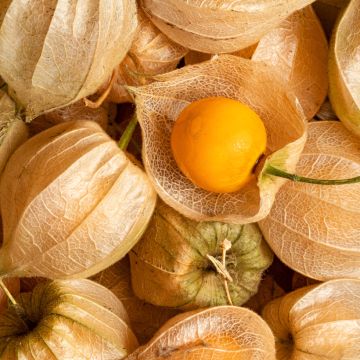
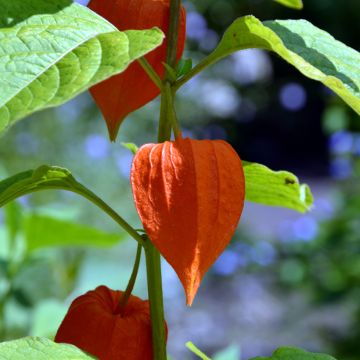
Comments